Featured 2

Photo: Collected
There is no doubt that corruption is all-pervasive and is in no way interfering with "normal" life in everyday Bangladesh. There is the Anti-Corruption Commission (ACC) but we have no idea what it does because nobody cares. In fact it is possible ACC also doesn't care. After all, all are part of the system that pushes the economy that is driven by decision making of the few who constitute the crony network.
Corruption continues to be the biggest maker of news and media parks them on the most sighted space for a few days and then that space is filled up by another. In this relay race of corruption, the entire power structure is caught up. It's not about who is but who isn't. It means corruption is systemic and anyone wishing to be part of the system and remain untouched is possibly impossible or extremely difficult.
Hence the condemnatory attitude of the moral and the outraged doesn't really apply because the matter is beyond that of individual will but is structural. In that case what does the system look like and is this system tenable? If so, can it be a permanent one or is there an expiry date attached to it?
The many faces of capitalism
Capitalism has many shapes, sizes and visions. It ranges from the socialist model to the cluster controlled model popular in the West. And then, there is crony capitalism which depends on collective networks rather than economic performance for profit making. Each comes with advantages and limitations.
The socialist model is where bureaucrats decide what the market shape and size will be based on political and ideology construct. Usually, it reaches many initially but soon faces obstacles as production falls, inefficiency grows and people have to stake in it. There is also some form of connection and convenience of the ruling group at the top.
Usually, they see their power based on continuation of "command and control" rather than market operations and social interaction. It has proved to be a failure and the system collapsed as we see in the Soviet Union and its satellites.
China has tried a radical mixed model trying to cook command politics with open market capitalism. Till date it has gained high growth and successfully lifted more people out of poverty than anywhere else. It continues to struggle with internal networking bias which causes corruption but has become a major economy and possibly the largest global one soon.
The third kind is the Western version with open market operations and huge influence of special interest groups. The 2008 crash which exposed the weakness of this system had its roots in the cheap loan and speculation based share market economy which includes ordinary consumers.
However, major players are very important. Not only are the financial economy players very powerful and able to exert themselves to its interest, a big cluster player is the security sector -Military Industrial complex- who have the largest share of the pie. Thus, it also has the power players though it's systemic and subjected to corruption and misuse control upto a point.
The enigma of crony capitalism
In this model, common in most transitional economies, it's the connection and networks that operate in all the spaces as drivers. It may have begun with a new regime recently freed from external political control but over time it develops as a system where loyalty and other networks operate in the socio-political space that translates into economic benefit gathering. And these exchanges become the main market operations driver and crony/connections are paid back in transaction profits according to services rendered. Thus contacts and connections dominate and power connector becomes part of the supply chain including the supplied even though he may be a bureaucrat.
This system is highly profitable for those who are part of the system and is not threatened by any legal measures in most cases. Even if done so, it's mild and more to appease public opinion than reform the system. So any question of challenging the system hurts the entire beneficiary class who constitute the majority part of the ruling class.
There is of course a wide spectrum -from large scale to retail level corruption- ranging from payment to gain any government service to major project contracts. The rule of profit dominates rather than demand and supply mechanics so there is no market competition. No curbs on this method can be successful as it contests the system. As there is high profit and low regulation, it draws many people free from competition based economics and based on connections.
When the government's ministers say that they can't do anything to protect the clients including return stolen money or when thieves are allowed to leave the country in collusion with official members of the law enforcement and financial regulators, the system's functioning becomes clear.
In this system, corruption is neither high nor a matter of dishonesty but part of profit making. The boundaries between the neta, amla and the sowdagar don't exist.
The only threat to this system is its success. It works so well that many crowd it and ultimately creates internal competition. Sometimes it can be so fierce that it gives away and a more efficient one takes its place though the nature of that is unknown.













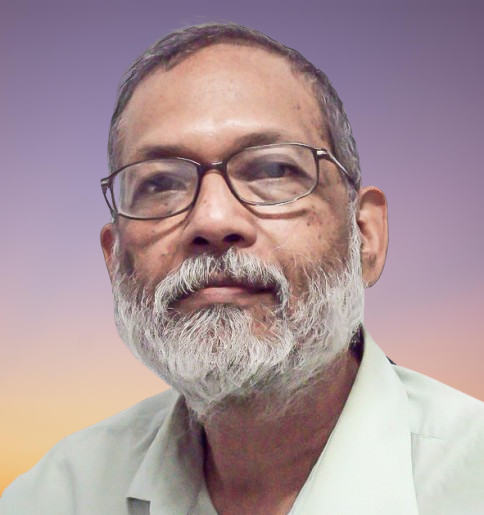





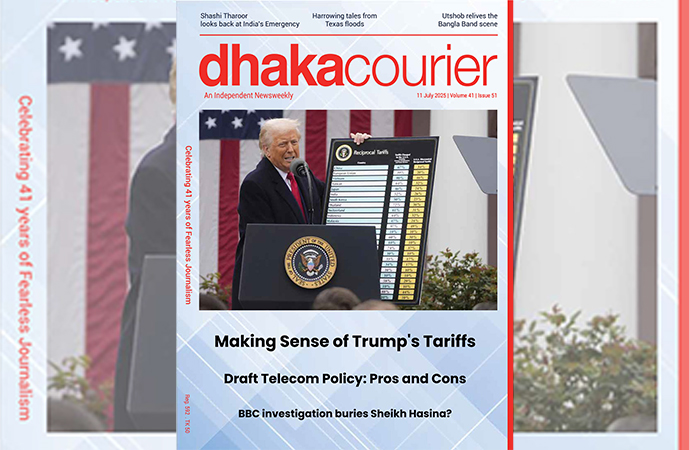
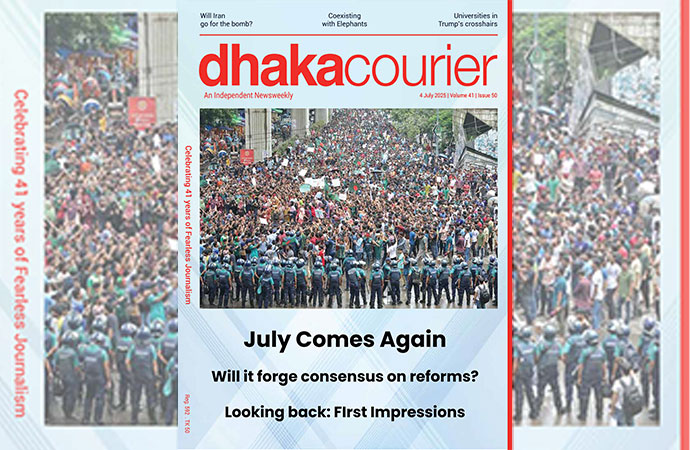
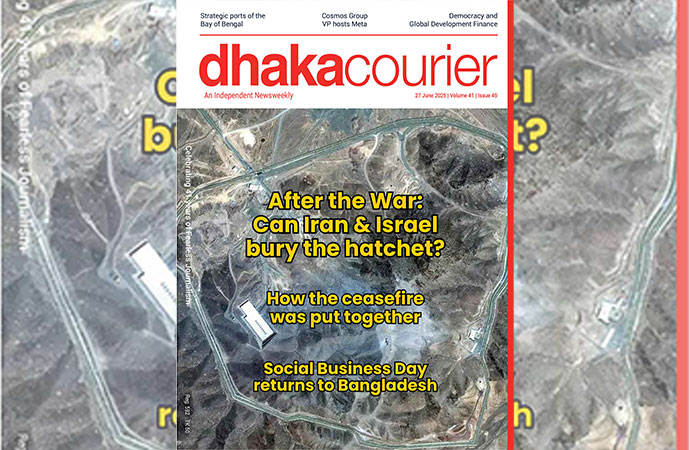
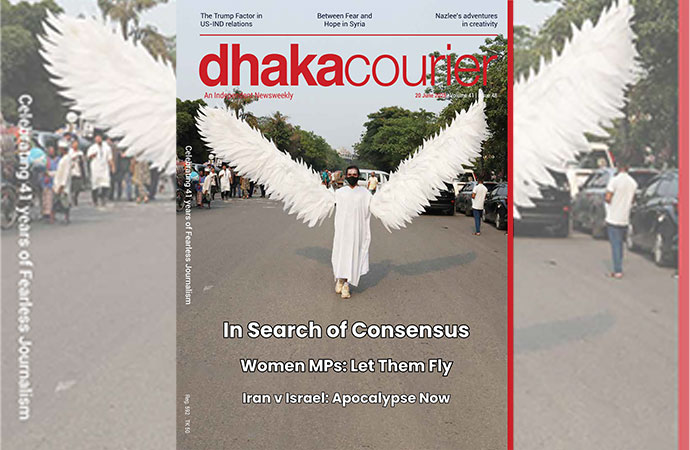


Leave a Comment
Recent Posts
‘Married to Journalism’: Adieu ...
The journalist community of the country united this week in bidding go ...
Reimagining the OST: ‘Utshob’ ...
One of the most successful Bangladeshi films in recent years, 'Uts ...
Harrowing stories of rescue emerge from Texas floods ..
The Resilience of World Trade
Heeding the Lessons of India’s “Emergency”
Sunamganj’s age-old boat market struggles as monsoon ..